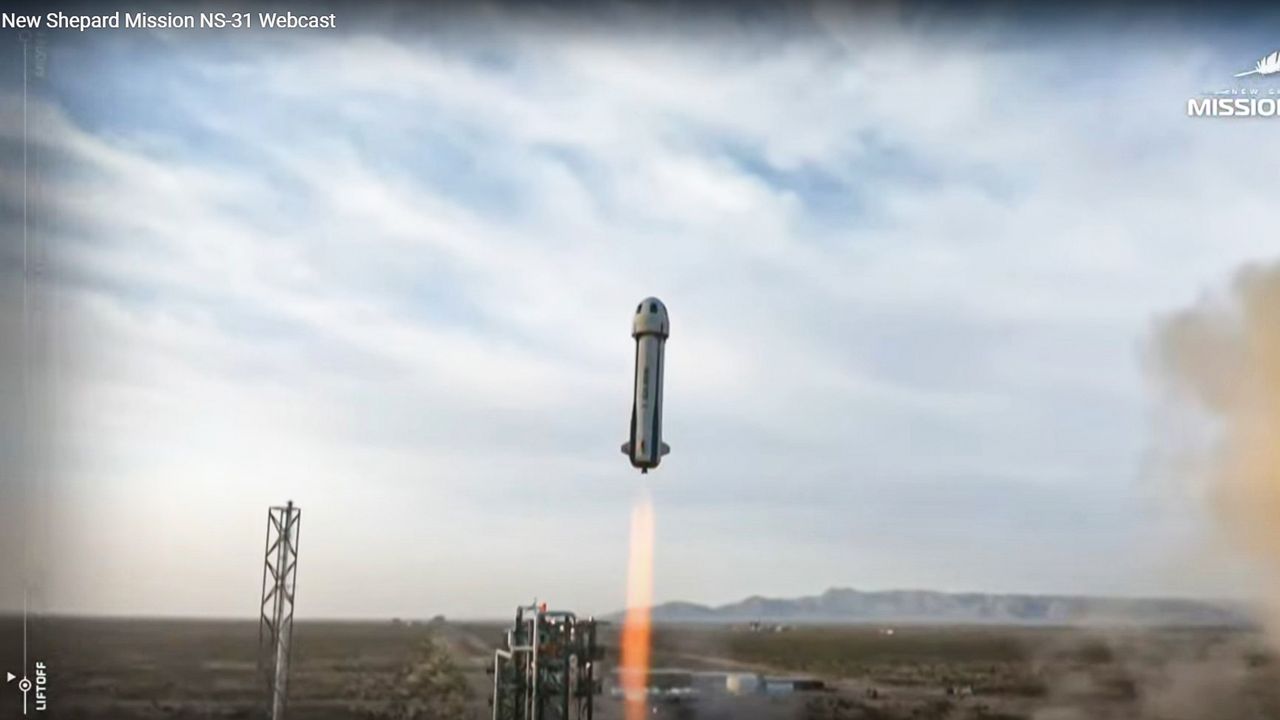LOS ANGELES — Millions of fossils fill the archival drawers at La Brea Tar Pits. For paleobotanist Dr. Regan Dunn, they provide clues that help her understand the interplay between climate, plants and animals.
“How animals evolve is a factor of the environment that they live in,” Dunn said. “And most of the time, that has to do with plants and the plant cover.”
For more than 55,000 years, La Brea Tar Pits has been preserving a richly diverse range of prehistoric plants and animals and thus attracts researchers from around the world. Dunn, who specializes in plant specimens such as tiny pollen grains, said peering through the microscope is like time travel.
“I can put this [sample] on the microscope and see things that no human has ever seen, and time travel back to that point in time,” Dunn said.
The Tar Pits are also an active excavation site with a seemingly endless supply of new finds preserved in the asphalt deposits that sporadically bubble up from the ground.
“It takes a long time to excavate these [fossils], because it’s just a massive jumble and it’s a game of pickup sticks,” she explained.
Visitors to the site can see the painstaking process of how the samples are extracted and cleaned up. Some of them, such as fossilized bird bones, are smaller than a penny.
“Very fragile,” added Dunn.
Recently, La Brea Tar Pits was listed as one of the first one hundred geological heritage sites, named by the International Union of Geological Sciences. “It’s a way of recognizing these very important locations around the planet and to really focus attention on preserving those locations,” said Dr. Bettison-Varga, who is the president and director of the Natural History Museum.
Of all the one hundred sites, La Brea Tar Pits is the only one located in an urban center and thus the most accessible to the public.
“The Tar Pits Museum has to be here because we’re connected to excavations that are on site, which makes it really different, right, because most of these locations are hard to get to,” Bettison-Varga said.
The Tar Pits remain one of LA’s iconic destinations for both locals and tourists. It was the first place Dr. Dunn visited when she came here from Colorado, and now that she works here, she says getting recognized as a heritage site is an honor for The Tar Pits.
“We have preserved here, a fossil record that is unique and like nowhere else on earth,” she said.
And now a geological heritage treasure, right in our own backyard.











